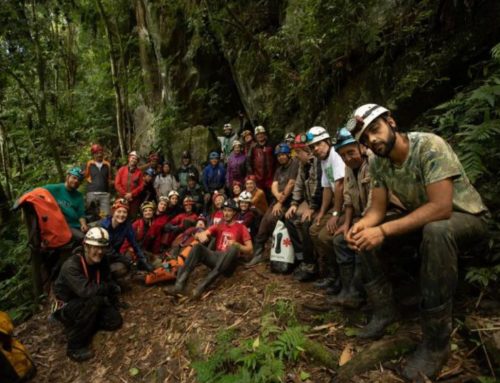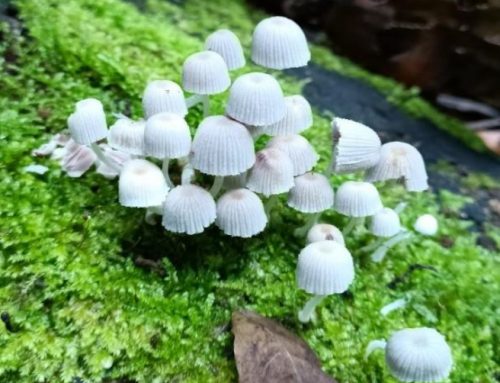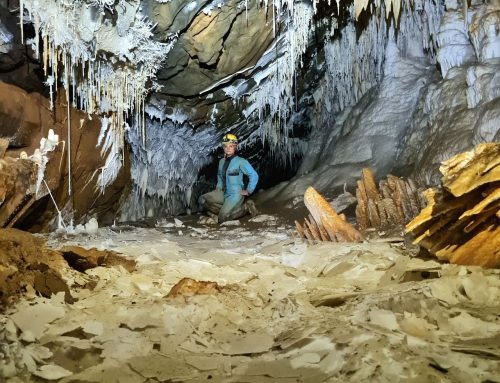 Fonte: Laboratório de Estudos Subterrâneos – UFSCar
Fonte: Laboratório de Estudos Subterrâneos – UFSCar
Em 2012 uma equipe do LES/UFSCAR (Laboratório de Estudos Subterrâneos – UFSCar) – Maria Elina Bichuette, Jonas Eduardo Gallão e Pedro Pereira Rizzato – encontraram alguns amblipígeos (gênero Trichodamon) em cavernas do oeste da Bahia com ácaros presos ao dorso.
O material foi então encaminhado ao especialista Fábio Akashi da UNESP que ficou intrigado com a descoberta e encaminhou o material ao especialista David Evans Walter do Canadá.
A descoberta o fez erigir uma nova família para incluir o novo gênero, designado como Reginacharlottia Walter 2013 (Família Reginacharlottiidae Walter 2013).
Tal descoberta evidencia o endemismo e especificidade destes animais e coloca a região e caverna como de extrema importância em termos mundiais, localizada na Serra do Ramalho, oeste da Bahia.
O LES tem feito cooperações com diversos especialistas do mundo e as publicações destes só vem a enriquecer nossas descobertas.
Link para o trabalho: A new genus and family of sejine mites (Acari, Parasitiformes, Mesostigmata, Sejoidea) based on new species from Lord Howe Island and Brazil, and a redescription of Sejus americanus (Banks, 1902)
Abstract
The Sejoidea currently contains three families (Sejidae, Ichthyostomatogasteridae, Uropodellidae) of enigmatic mesostig-matic mites with a mixture of characters of general distribution in the Parasitiformes (e.g. hypertrichy, tarsus IV with an intercalary sclerite bearing a pair of ventral setae, archispermous mating system) and derived character states both unique (e.g. distinctive female sterno-gential region; first hypostomal setae adjacent and more or less membranous) and appar-ently convergent with other Mesostigmata (e.g. 2-tined palpal apotele, reduced dorsal sclerotisation in the adult, phoretic deutonymph). In this paper, I review the characters defining the Sejoidea; propose a new genus, Reginacharlottia gen. nov. based on two new species: one from Lord Howe Island, New South Wales, Australia (R. lordhowensis sp. nov.) and one from Bahia State, Brazil (R. braziliensis sp. nov.) and erect a new family, Reginacharlottiidae fam. nov. to accommo-date them. These new species share a number of unusual characters not otherwise known in the Sejida, including a plu-mose interdigital cheliceral excrescence, a highly reduced female genital shield, and a highly modified anal region covered by a pair of hypertrophied pre-anal setae; the postanal seta is absent. Adult female R. lordhowensis carry up to a dozen eggs that enclose fully developed larvae; the larvae also lack the postanal seta, but have a unique pygidial tubercle that may act as an egg burster. In addition, the female of Sejus americanus (Banks, 1902) is redescribed and the male described for the first time. Sejus species tend to be more typical of the warmer parts of the world, but S. americanus extends well into the boreal forest of Alberta, Canada (56°N). A key to separate the families of Sejoidea is provided.






Leave A Comment